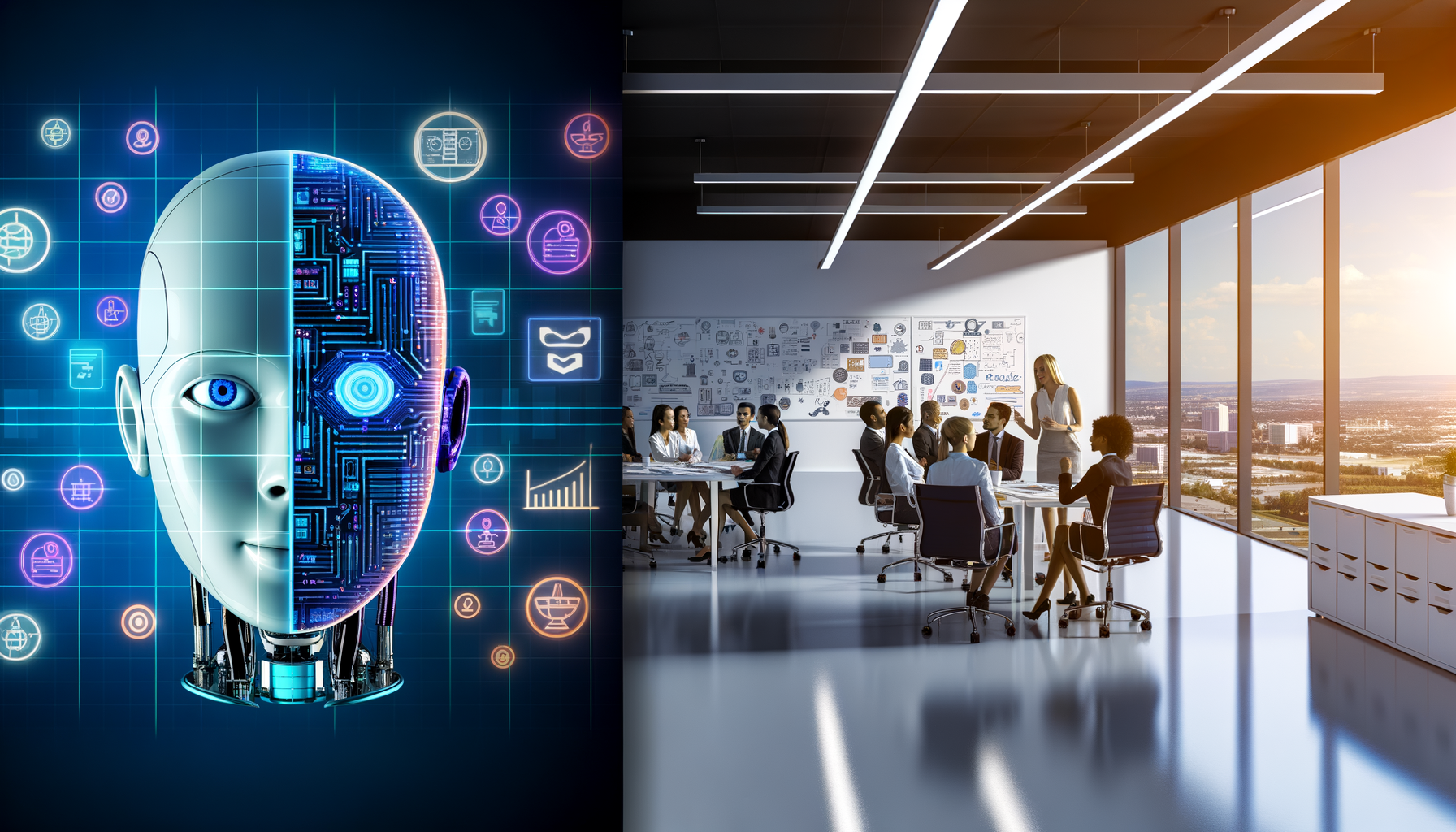The Truth Behind AI ‘Agents’
In our fast-paced world, artificial intelligence (AI) is becoming a big part of our daily lives. From smart assistants like Siri and Alexa to sophisticated systems that power businesses, AI is everywhere. One of the hottest topics right now is the distinction between AI ‘agents’ and workflows. But what exactly are these terms? How can we choose between them for the best results? Let’s break it down!
What Are AI Agents?
AI agents are computer programs designed to perform tasks on behalf of a user with some level of autonomy. Think of them as digital assistants that can make decisions based on the data they receive. They can learn from their experiences and improve over time. According to MIT Technology Review, “AI agents exhibit intelligent behavior and adapt to their environments,” which means they can be very handy in automating complex tasks.
What Are Workflows?
Workflows, on the other hand, are structured sequences of tasks or processes. They are often laid out clearly to ensure that a specific outcome is achieved step by step. For example, if you were to create a workflow for sending a newsletter, it might involve writing the content, designing the layout, scheduling the send time, and then analyzing the response. Unlike AI agents, workflows don’t learn or adapt; they simply follow a predetermined path.
Choosing Between Agents and Workflows
When deciding whether to use AI agents or workflows, it helps to consider your specific needs. Both have their unique advantages and disadvantages:
Benefits of AI Agents
- Autonomy: AI agents can work independently, making decisions based on real-time data.
- Learning Capability: They can learn from past interactions and improve their performance over time.
- Adaptability: AI agents can adjust their actions based on changing circumstances or user preferences.
Drawbacks of AI Agents
- Complexity: They can be complicated to develop and require a lot of data to function effectively.
- Limited Contextual Understanding: Sometimes, AI agents don’t grasp the bigger picture as well as humans do.
Benefits of Workflows
- Simplicity: Workflows are straightforward and easy to understand, making them more accessible for many users.
- Predictability: They provide predictable outcomes, as every step is predefined.
- Control: Workflows enable human control over the process, allowing for adjustments when necessary.
Drawbacks of Workflows
- No Learning: Once set, workflows won’t adapt unless manually changed.
- Rigidity: Changes in circumstances can disrupt workflows since they are not designed to adjust automatically.
When to Use Which?
Now that we understand the key differences, how do we choose between AI agents and workflows? Here are some scenarios to consider:
Use AI Agents When:
- Your tasks require ongoing adjustments or improvements.
- You need to handle large amounts of data and make real-time decisions.
- You want to save time and automate repetitive tasks.
Use Workflows When:
- Tasks are straightforward and need to follow a specific sequence.
- You want to maintain complete control and oversight of the process.
- Your team requires clarity and simplicity in task execution.
The Future of AI Agents and Workflows
As technology evolves, we will likely see more integration of AI agents into our everyday workflows. In fact, according to Forbes, “The future will see hybrid models that combine the adaptability of AI agents with the structured approach of workflows.” This means that instead of choosing one over the other, we might end up using both for maximum efficiency and effectiveness.
Conclusion
Understanding the differences between AI agents and workflows is essential for leveraging them effectively. Whether you choose an AI agent for its autonomy and adaptability or a workflow for its predictability and control, the key is to align your choice with your specific goals. Embracing these technologies can significantly enhance productivity and efficiency. So, what will you choose?
“In the end, it’s not about the technology itself, but how we use it to create value and improve our lives.”


